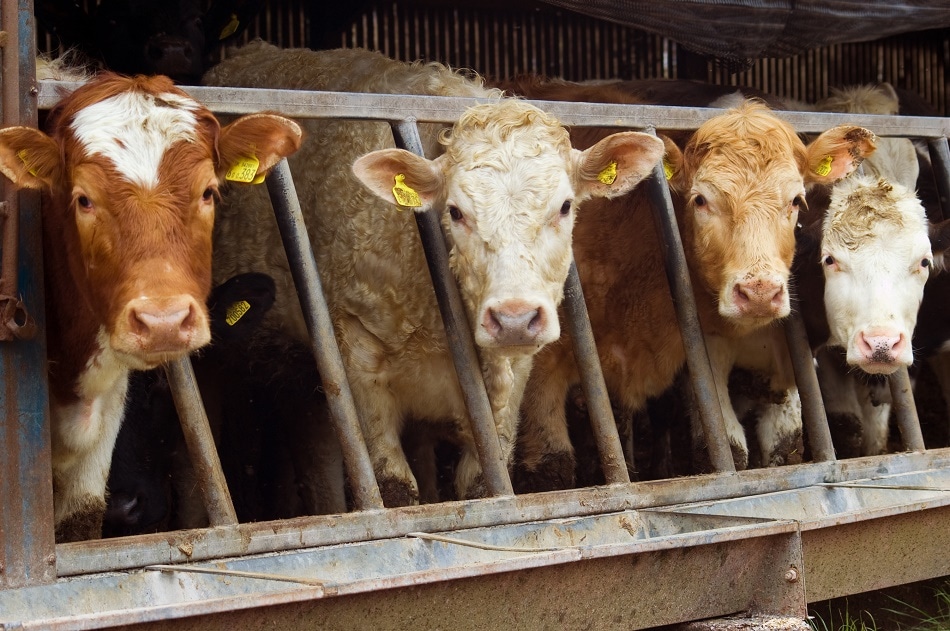
Image Credit: Shutterstock.com/willmetts
Animal diseases caused by pathogenic microorganisms such as bacteria and viruses put at risk the health and well-being of wildlife, livestock, and human populations. Furthermore, these contagions limit productivity and increase significantly economic losses to each sector, a major concern for global industries – it is estimated that livestock diseases cost around £1 billion per year for the UK economy.
In order to quell the spread of disease, a vet-tech platform could be put to use to detect disease in livestock. Collaborating with CENSIS – Scotland’s national innovation center for sensing and imaging systems, and IoT technologies – and Strathclyde University, Biotangents is aiming to develop an electrochemical sensing system to upgrade its prototype on-farm testing equipment.
Working with Biotangents has been a fantastic opportunity for collaboration between industry and academia and it’s great to see the business taking the next steps to digitizing such an important testing system.
Dr Damion Corrigan, Senior Lecturer, Department of Biomedical Engineering, The University of Strathclyde
The veterinary diagnostics specialist is using sensing technology in its ‘point-of-care’ testing platform, which enhances the accuracy of the technology to help determine common infections in livestock and call for a reduction in the use of antibiotics in farming – infections such as bovine viral diarrhea (BVD), can cause serious immune suppression, bovine pneumonia and calf mortality, leading to expensive treatment of secondary infections with antibiotics which can make their way into the food chain.
Additionally, antibiotic usage in sub-therapeutic concentrations for increasing development and growth of farm animals is also well recognized. The European Union set up a standard to prevent the antibiotic resistance as a measure of concern for this issue.
Biotangents’ new system could put an end to long waits for results when testing for livestock diseases – which can take up to one week – providing accurate results on the same day, possibly within the hour. This innovation could assist vets in the livestock industry by helping them prevent the spread of diseases as the system allows them to obtain results on site and isolate any affected animals and begin the necessary treatment. Furthermore, with the point-of-care platform the firm’s focus is to make the use of antibiotics targeted so to reduce the likelihood of livestock resistant to future treatments.
Following a second round of fundraising, Biotangents have managed to secure £1.5 million of new investment to proceed with further development of this technology. Their aim for the future is for the Moduleic Sensing diagnostic system to come equipped with the ability to test for multiple diseases simultaneously – ranging from BVD to mastitis. This could drastically change the livestock industry and lessen the impact infectious diseases have on both the well-being of the animals as well as reducing any economic burden.
Dr Andy Hall-Ponselè, founder and Operations Director at Biotangents, stated, “The management and treatment of infection is essential to helping cattle stay healthy, improving welfare, and ultimately making the industry more sustainable. An accurate, speedy diagnosis is the first step in helping to limit the spread of diseases, such as BVD, which can be passed on by cows touching noses or sharing troughs.”
Each year there are new diseases emerging with transmission between animals and humans on the causing an increased threat to human welfare. With the Moduleic Sensing platform Biotangent hope to assist vets in limiting and effectively managing the spread of infectious diseases.
Harnessing expertise from both CENSIS and the University of Strathclyde has been an invaluable step towards a fully automated diagnostic platform that can further enable vets in this respect and additionally reduce the need for unnecessary antibiotic treatment.
Dr. Hall-Ponselè
Biosensing technologies help shift the paradigm in how diseases are identified which goes some way to meeting the current and emerging challenges facing farmed animal disease surveillance, diagnostics and control. This progress enables a transformation of industry processes that can have positive implications concerning the well-being of wildlife, livestock, and humans as well as benefiting the global economy and farming industry alike.
Disclaimer: The views expressed here are those of the author expressed in their private capacity and do not necessarily represent the views of AZoM.com Limited T/A AZoNetwork the owner and operator of this website. This disclaimer forms part of the Terms and conditions of use of this website.